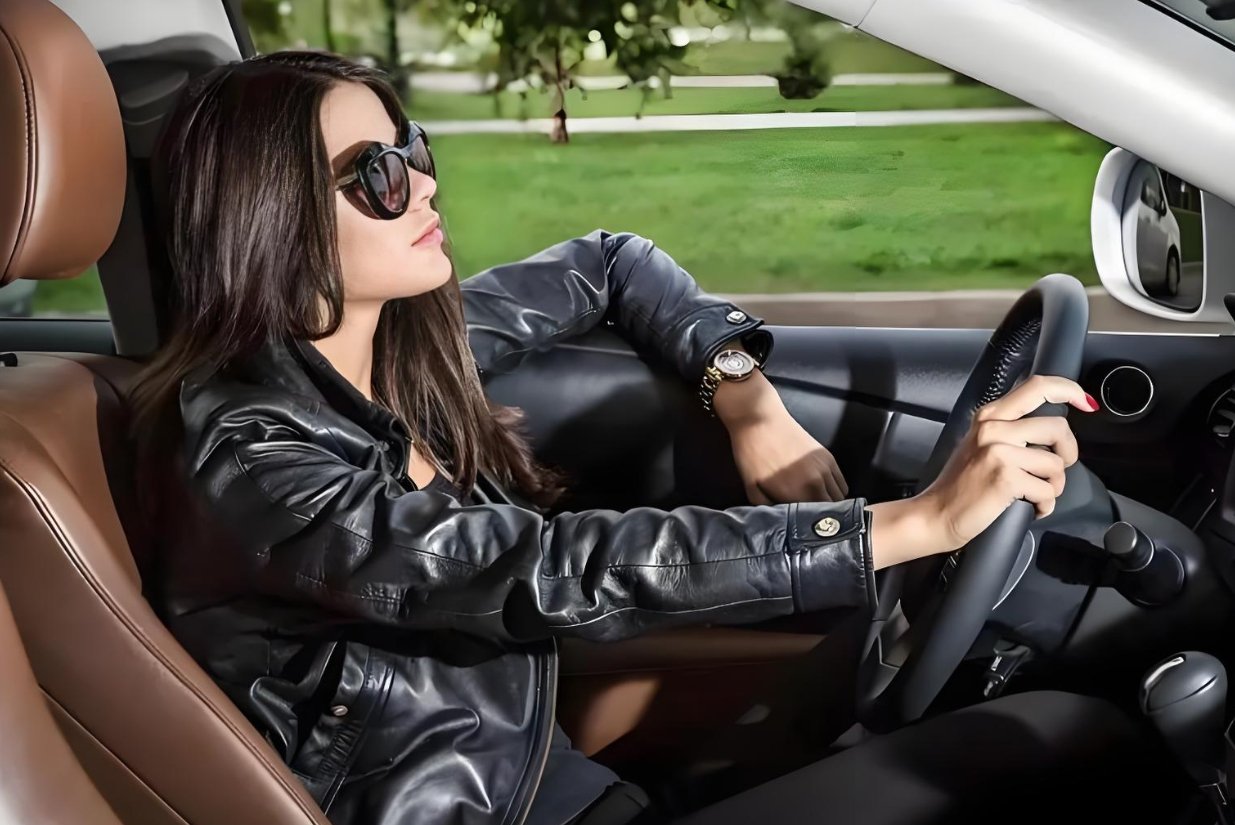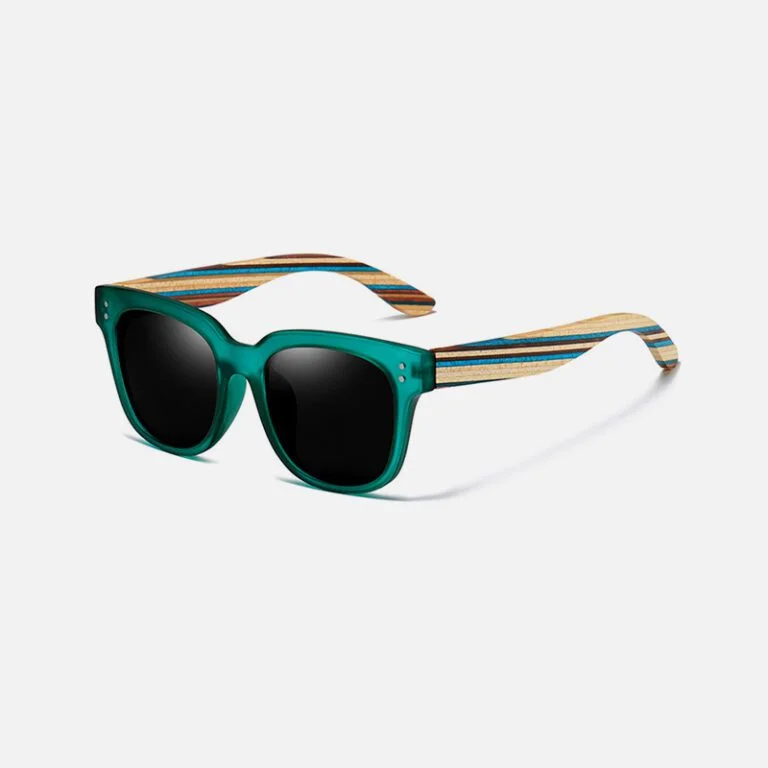Why do drivers need a pair of polarized sunglasses for night driving?
When you are driving in sunglasses in strong summer environments, polarized glare generated by windshields, water surfaces, or snow can form high brightness diffuse reflections, causing rapid pupil constriction and resulting in visual delay (medically known as “flash blindness”). Ordinary polarized night driving glasses can only uniformly reduce brightness, while polarized lenses using multi-layer composite coating technology have internal polarizing grids arranged in parallel at a spacing of 5 μ m, selectively filtering horizontal light waves through vertical filtering technology (similar to the principle of blinds). According to a study by NHTSA in the United States, this technology can shorten the driver’s reaction time to danger by 0.3 seconds and reduce the risk of accidents by 37%.
What are the types of polarized sunglasses for driving?
Driving sunglasses can not only reduce strong light and glare interference, but also improve driving safety and comfort, especially when dealing with changing road conditions.
The best anti glare sunglasses for driving is mainly based on lens function and color classification, and the selection should take into account both protection and visual needs:
Polarized sunglasses:
By filtering out horizontal glare (such as road or water reflections), the risk of accidents is significantly reduced, making them suitable for high-intensity sunlight environments.
Stained lens types (distinguished by color):
Gray lenses: a basic protective option that reduces light intensity without producing color difference, avoiding dark colors to prevent visual delay when entering and exiting tunnels.
Brown lenses: Almost completely block ultraviolet/infrared rays, enhancing the sense of depth in the scenery, especially suitable for long-distance driving and water road sections.
Green lenses: Balance natural colors while filtering out some blue light, relieving visual fatigue from prolonged driving.
Yellow orange lenses: Improve depth of field and identification in low light environments (such as foggy or dusk) as a special weather aid tool.
Red lenses: Enhance contrast in strong light environments such as snow, but distort color perception and are not recommended for daily driving.
The ‘invisible design’ of night shades for driving
Ergonomic hinge:
made of titanium nickel shape memory alloy, capable of opening and closing over 20000 times without deformation
Three point anti slip system:
silicone nose pad+ear hook+mirror leg anti slip pattern, capable of withstanding 1.5G sudden braking inertia
Dynamic curvature adaptation:
Sedan: 6 ° basic curvature reduces field of view distortion
SUV: 8 ° curved arc matching high sitting posture field of view
Sports car: 10 ° large curvature solves A-pillar blind spot problem
Core purchasing indicators of good polarized sunglasses for driving
UV400 protection system:
The anti glare sunglasses for driving needs to pass ISO12312-1 certification to ensure that it blocks more than 99% of UVA/UVB (wavelength ≤ 400nm). Long term exposure to ultraviolet light below 380nm will accelerate the occurrence of cataracts
Polarization efficiency grading about the anti glare driving sunglasses:
Entry level (85-90%): suitable for short distance city driving
Professional grade (≥ 95%): using TAC polarizing film, essential for ice and snow environments
Lens Color Engineering:
Gray lens: conforms to the CIE1931 standard color coordinates and maintains the original color of the signal light
Tea colored lenses: enhance the penetration of 580nm yellow light, suitable for dusk scenes
Blue lens: improves visibility in foggy weather through Rayleigh scattering principle (must comply with GB10810.3 transmittance standard)
Precautions for selection and use of top driving sunglasses
Lens functionality: Top rated sunglasses for driving, the priority should be given to UV400 protection (blocking 99% of ultraviolet rays), and polarization efficiency should be ≥ 95% to ensure glare filtering effect.
Adaptive design: The best sunglasses for driving into the sun is lightweight frame and anti slip nose support, that can avoid displacement during sudden braking and improving wearing stability.
Scene avoidance: The best polarized sunglasses for driving should be avoided using dark lenses on cloudy days or at night to prevent delayed danger perception; The best sunglasses for driving need to be identified for authenticity through a rotation test (90 ° light blocking)


